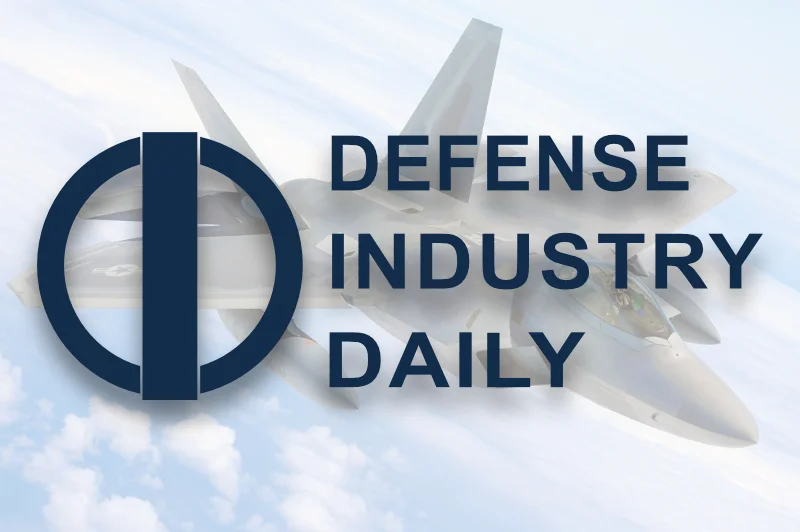This article is included in these additional categories: Airbus | BAE | Boeing | Budgets | Contracts - Intent | Europe - Other | Fighters & Attack | Force Structure | France | Issues - International | Issues - Political | Northrop-Grumman | Other Corporation | Project Successes | Specialty Aircraft | USA
Gripin’ in Switzerland: Referendum Shoots New Fighter Deal Down

April 23/15: Switzerland is again looking to replace its F-5E light fighters from 2017, with the problem-hit fleet recently seeing a third of its aircraft retired prematurely. When an additional six F-5Es taken offline for repairs return, the Swiss Air Force will have only 54 combat aircraft available for frontline service, 32 of these being F/A-18C/D Hornets.
For more on this and other stories, please consider purchasing a membership.
If you are already a subscriber, login to your account.
If you are already a subscriber, login to your account.
Swiss F-5Es(click to view full) While F-5 owners like Brazil, Chile, Thailand, et. al. have opted for comprehensive refurbishment and upgrades, Switzerland is looking to replace 3 of its 5 Tiger II squadrons with new aircraft under its Tiger-Teilersatz TTE program. The new fighters will partner with the 3 squadrons of upgraded F/A-18 C/D Hornets […]

One Source: Hundreds of programs; Thousands of links, photos, and analyses
DII brings a complete collection of articles with original reporting and research, and expert analyses of events to your desktop – no need for multiple modules, or complex subscriptions. All supporting documents, links, & appendices accompany each article.
Benefits
- Save time
- Eliminate your blind spots
- Get the big picture, quickly
- Keep up with the important facts
- Stay on top of your projects or your competitors
Features
- Coverage of procurement and doctrine issues
- Timeline of past and future program events
- Comprehensive links to other useful resources
Monthly
$59.95/Per Month
- Charged Monthly
- 1 User
Quarterly
$50/Per Month
- $150 Charged Each Quarter
- 1 User
Yearly
$45/Per Month
- $540 charged each year
- 1 User
2 years
$35/Per Month
- $840 Charged every other year
- 1 User

